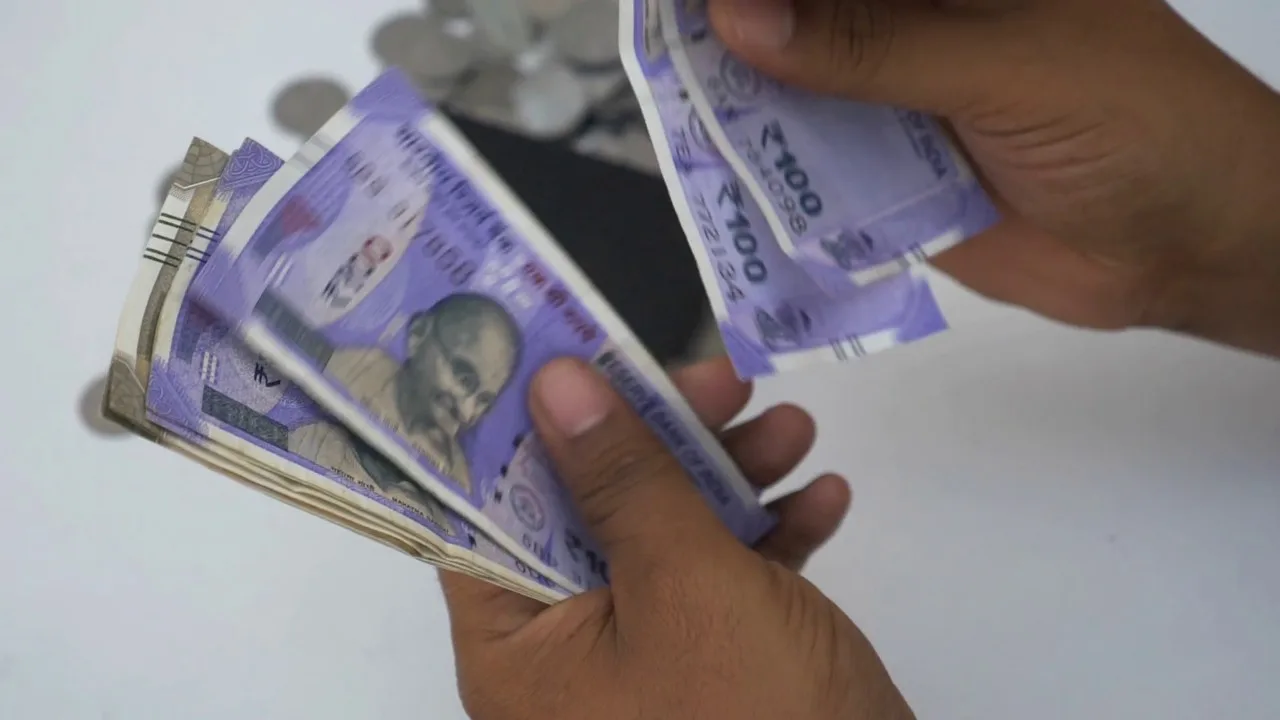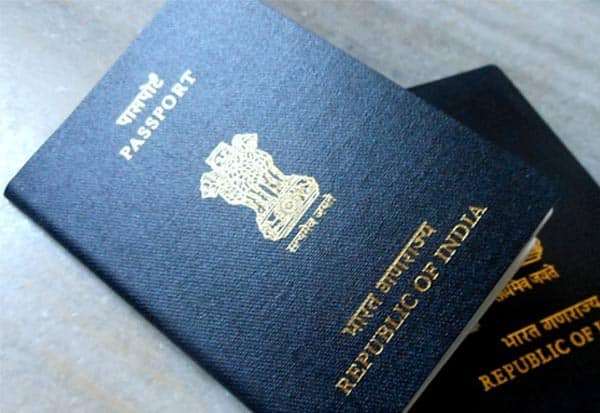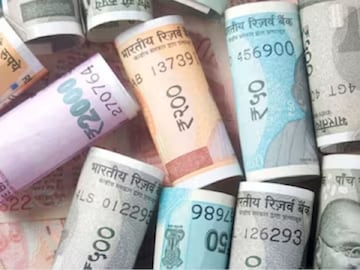Central employees hit the jackpot, the government made new rule
vipin kumar October 18, 2025 - 09:05 AM
New Delhi: If you have a government employee or pensioner in your family, this news will prove to be a great relief. The Modi government at the central government has taken a major decision for employees. Employees and pensioners will no longer face delays in receiving their post-retirement benefits. To this end, the government has issued comprehensive new guidelines.
The government aims to ensure that no employee has to wait months for their pension or pension payment order. This means that there will be no long wait for a pension payment order after retirement, which is sure to be good news.
Know the details The central government has also released some good news by issuing new guidelines. The Department of Pension and Pensioners’ Welfare has issued the new guidelines. All ministries and government departments have been instructed to ensure that PPOs are issued before retirement.
The government has also directed all departments to digitise employee service books. In addition, every employee’s record will now be online through the e-HRMS system. This will make the pension process much easier and more transparent.
Pension Mitra will be created in all departments. According to the new guidelines of the Central Government, a Pension Mitra will be created in every department. A Welfare Officer will also be appointed. The deployed officer will be able to assist retiring employees in filling out forms, preparing documents, and applying for pensions.
In the event of an employee’s death, these officers will also be able to assist the family in receiving a family pension. Lack of vigilance clearance will no longer be a hindrance to disbursing pensions. Even if an employee is under investigation for some reason, interim bail will be granted. Gratuity can only be withheld until the final order.
How long before a PPO is required? The government has established some important rules to know. Under the CCS Rules 2021, it has now been decided to issue employees their PPO or e-PPO at least two months before retirement.
According to the government, the purpose of these new provisions is not only to expedite the process but also to provide a respectable and stress-free retirement experience for all employees. It is now expected that no government employee will have to wait for their rights. This government order is being widely appreciated.











)






